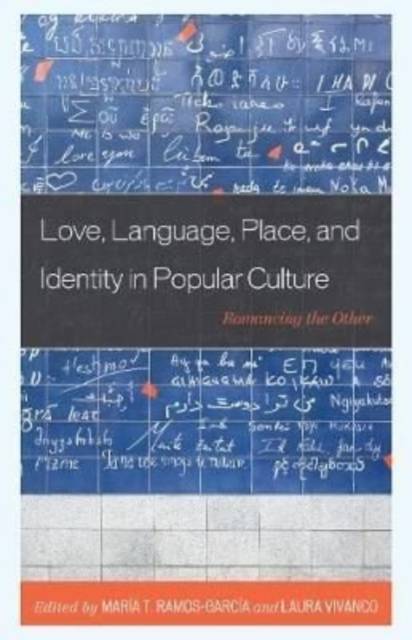
En raison d'une grêve chez bpost, votre commande pourrait être retardée. Vous avez besoin d’un livre rapidement ? Nos magasins vous accueillent à bras ouverts !
- Retrait gratuit dans votre magasin Club
- 7.000.000 titres dans notre catalogue
- Payer en toute sécurité
- Toujours un magasin près de chez vous
En raison de la grêve chez bpost, votre commande pourrait être retardée. Vous avez besoin d’un livre rapidement ? Nos magasins vous accueillent à bras ouverts !
- Retrait gratuit dans votre magasin Club
- 7.000.0000 titres dans notre catalogue
- Payer en toute sécurité
- Toujours un magasin près de chez vous
Love, Language, Place, and Identity in Popular Culture
Romancing the Other
71,45 €
+ 142 points
Description
Love, Language, Place, and Identity in Popular Culture: Romancing the Other explores the varied representations of Otherness in romance novels and other fiction with strong romantic plots. Contributors' approaches range from sociolinguistics to cultural studies, and the texts analyzed are set on four continents, with particular emphasis on Caribbean and Atlantic islands. What all the essays have in common is the exploration of representations of the Other, be it in an inter-racial or inter-cultural relationship. Chapters are divided into two parts; the first examines place, travel, history, and language in 20th-century texts; while the second explores tensions and transformations in the depiction of Otherness, mainly in texts published in the early 21st century. This book reveals that even at the end of the 20th century, these texts display neocolonialist attitudes towards the Other. While more recent texts show noticeable changes in attitudes, these changes can often fall short, as stereotypes and prejudices are often still present, just below the surface, in popular novels. The understudied field of popular romance, in which the Other is frequently present as a love interest, proves to be a fruitful area in which to explore the potential and the realities of the treatment of Otherness in popular culture. Scholars of literature, communication, romance, and rhetoric will find this book particularly useful.
Spécifications
Parties prenantes
- Editeur:
Contenu
- Nombre de pages :
- 176
- Langue:
- Anglais
- Collection :
Caractéristiques
- EAN:
- 9781498589406
- Date de parution :
- 10-05-22
- Format:
- Livre broché
- Format numérique:
- Trade paperback (VS)
- Dimensions :
- 152 mm x 229 mm
- Poids :
- 258 g

Les avis
Nous publions uniquement les avis qui respectent les conditions requises. Consultez nos conditions pour les avis.





